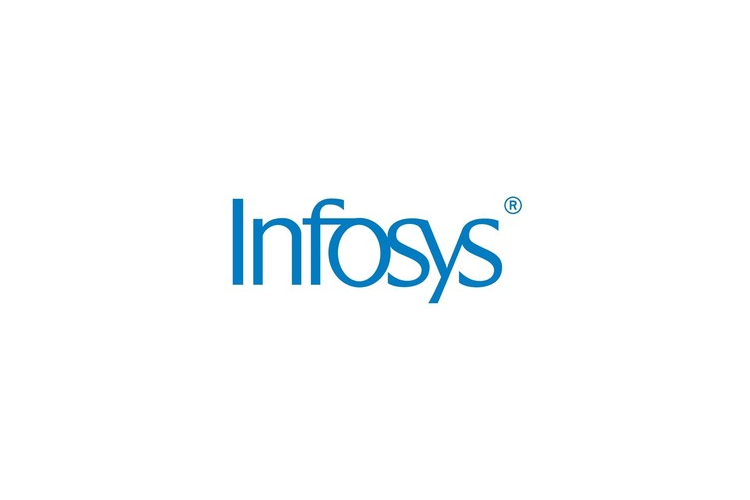Researchers build multi-node quantum network
The network paves the way for quantum internet that uses quantum physics for communications.


Researchers in the Netherlands have built a multi-node quantum network. The project is another step on the road to a quantum internet that uses quantum physics for communications.
The team, from research institute QuTech, strung together three quantum processors in a network that enabled each node to talk with the other using a physics process called quantum entanglement. This binds the properties of two quantum particles that are physically separate so the state of one instantly affects the state of the other.
The processors - which the researchers called Alice, Bob, and Charlie - used quantum bits (qubits) to set up their connection using a new quantum network protocol that the researchers created. Alice sends two qubits to Bob. The first establishes the entanglement, and the second is a memory qubit that Bob stores to set up its own connection to Charlie.
The quantum internet is on its way US gov reveals prototype for quantum internet Scientists demo quantum network prototype IBM brings quantum computing to medical research
When that connection is made, Bob entangles its two qubits, forming a link that connects Alice, Bob, and Charlie together. The quantum networking protocol the researchers created also teleports the entanglement to both Alice and Bob, enabling them to talk directly to each other.
This rudimentary network is significant because, unlike conventional computers, quantum processors allow a single bit to simultaneously represent 0 and 1. This makes it possible to handle far greater computational loads than conventional computing and will pave the way for quantum cryptography that makes it practically impossible to crack an encrypted connection between two devices.
The researchers also created a 'flag' signal that will enable processors to indicate when they're connected. This is critical to scalability, they said.
The team conducted the initial demonstration within the same building, but the researchers look forward to demonstrating the protocol on traditional telecom fiber across their Quantum Internet Demonstrator. This is a network infrastructure it’ll use to demonstrate its quantum research over wider areas. The first metropolitan link is due to be turned on next year.
Sign up today and you will receive a free copy of our Future Focus 2025 report - the leading guidance on AI, cybersecurity and other IT challenges as per 700+ senior executives
In the meantime, they will focus on developing higher-level software and hardware layers to build out the technology stack, they said.
QuTech is a collaboration between the Delft University of Technology and the Netherlands Organisation for Applied Scientific Research (TNO).
Last October, BT and Toshiba unveiled the first cross-site quantum data connection between two sites, using it to demonstrate how quantum key distribution could secure data traffic. In the US, The Department of Energy and the University of Chicago created a 52-mile link quantum link, with plans to develop it into a three-node network spanning 80 miles.
Danny Bradbury has been a print journalist specialising in technology since 1989 and a freelance writer since 1994. He has written for national publications on both sides of the Atlantic and has won awards for his investigative cybersecurity journalism work and his arts and culture writing.
Danny writes about many different technology issues for audiences ranging from consumers through to software developers and CIOs. He also ghostwrites articles for many C-suite business executives in the technology sector and has worked as a presenter for multiple webinars and podcasts.
-
 Google is scrapping its dark web report feature
Google is scrapping its dark web report featureNews Google said while the dark web report feature offered “general information”, the tool didn’t provide “helpful next steps” for users potentially impacted by a breach.
-
 AI means you're probably going to need bigger developer teams
AI means you're probably going to need bigger developer teamsAnalysis Software developers may be forgiven for worrying about their jobs in 2025, but the end result of AI adoption will probably be larger teams, not an onslaught of job cuts.
-
 Quantum is 'the future of AWS system security', Amazon claims
Quantum is 'the future of AWS system security', Amazon claimsNews With third major quantum investment, AWS sets stage for next decade of network infrastructure
-
 BT and Toshiba to launch quantum-secured network across London
BT and Toshiba to launch quantum-secured network across LondonNews The two companies say this is the first commercially available network of its kind
-
 Infosys selects AWS to develop next-gen quantum computing applications
Infosys selects AWS to develop next-gen quantum computing applicationsNews The firm will leverage Amazon Braket to test novel quantum computing algorithms
-
 The quantum internet is on its way
The quantum internet is on its wayIn-depth A pair of key experiments show how quantum tech could add unbreakable security to the internet
-
 Quantum supremacy is here — so what?
Quantum supremacy is here — so what?In-depth While Google's claim to have hit the milestone is important, there's still a way to go on the road to quantum computing
